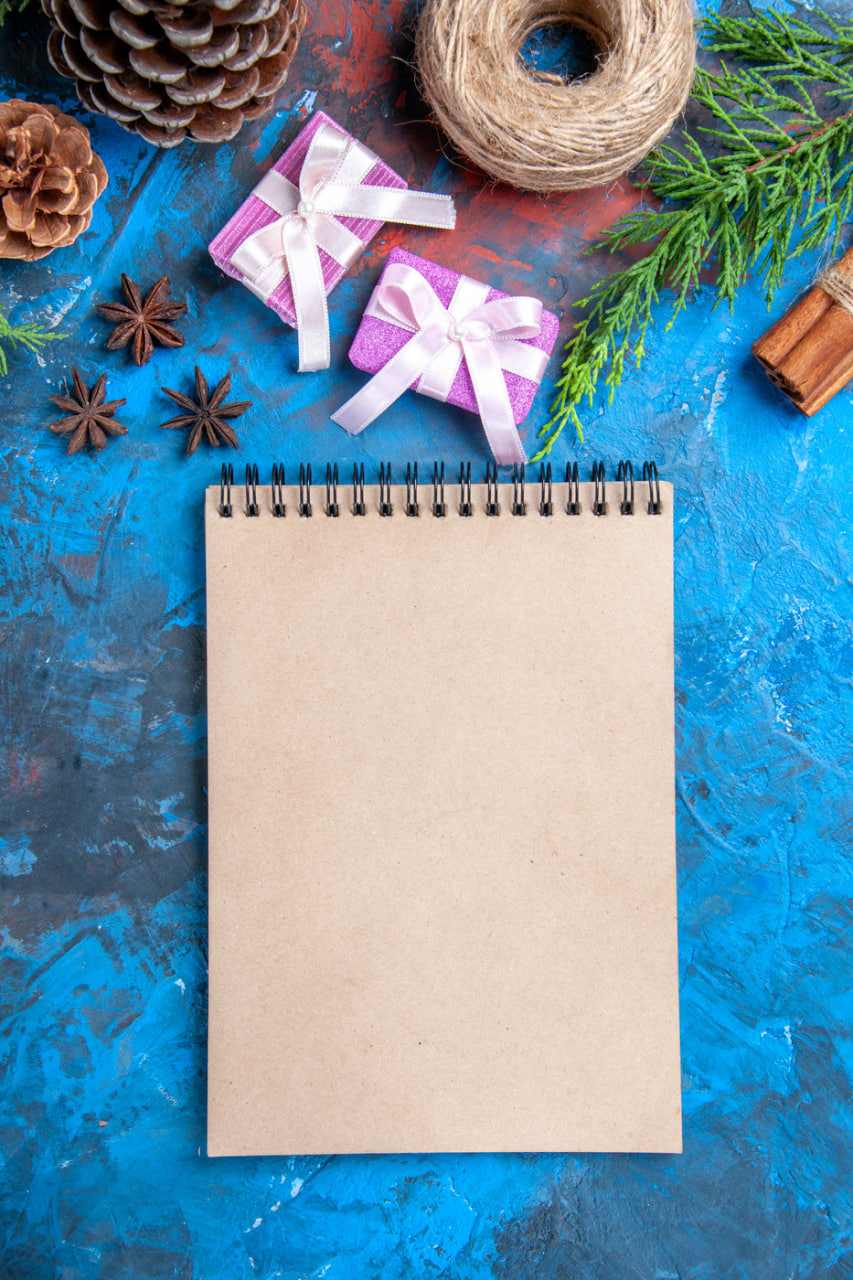Monday to Saturday - 8:00 -17:30

In a time where digital tools dominate how we record, remember, and express ourselves, the idea of making a physical journal by hand might seem unnecessary — even outdated. But for those who have discovered the process, handmade journals are not just creative projects. They are deeply personal, intentional objects that blend art, utility, and emotional connection.
Whether you’re an artist, writer, traveler, or someone simply looking to slow down, making your own journal can be a transformative experience. Here’s why.
A Return to the Physical
We spend much of our lives in virtual spaces: typing on screens, scrolling through feeds, and swiping between tasks. Crafting something by hand — especially something designed to hold our thoughts and ideas — grounds us in the present moment.
Handmade journals bring us back to the physical world. The texture of paper, the sound of thread pulling through pages, the scent of glue or linen — these sensory details engage us in a way that screens cannot. The act of making becomes just as meaningful as the act of writing or drawing within.
Complete Creative Control
One of the biggest advantages of creating your own journal is total freedom. You get to choose:
- The size and shape of your book
- The paper type and weight
- The binding style — stitched, glued, accordion-folded, or coptic
- The materials for your cover — fabric, cardboard, leather, or something unexpected
- The number of pages, the color palette, and even the decorative details
This control means the journal isn’t just a container — it’s an extension of your creative identity. You can design a travel diary that fits in your pocket, a thick sketchbook that lays flat on your studio desk, or a minimalist planner tailored to your daily life.
Each choice is an opportunity to align the journal with your style, needs, and mood. You’re not adapting to a product. You’re shaping it.
Mindful, Meaningful Crafting
Journal-making isn’t just about the end result. The process itself encourages mindfulness and patience. Measuring, folding, stitching — these are slow, repetitive tasks that allow space for calm focus. They require presence, not perfection.
This kind of craft is a gentle rebellion against the fast-paced, productivity-driven world many of us live in. It invites you to slow down, work with your hands, and connect with an ancient human tradition. After all, bookbinding has existed for centuries. When you make a journal, you take part in that lineage — adapting it with your own creativity.
Personal Connection to the Object
When you buy a mass-produced notebook, you may like the design or brand. But there’s no story behind it — no real relationship. A handmade journal, on the other hand, carries meaning from the start.
You remember where you got the paper, how you selected the thread, the small mistake you fixed in the stitching, or the piece of fabric you used from an old shirt. These details create emotional resonance. Your journal becomes a record not just of what you write inside, but of the time and care you invested in creating it.
And when the journal is filled — with writing, sketches, lists, dreams — it holds even more significance. It becomes a document of your process, inside and out.
A Tool That Reflects Your Story
People use journals for many reasons: creative expression, emotional release, note-taking, planning, tracking growth. The content is often deeply personal. So why not make the container just as intentional?
Handmade journals reflect individuality in a way no store-bought notebook can. They’re imperfect, tactile, and full of character. They speak not just to what you write, but to who you are. Whether it’s a rough sketchbook with recycled paper or a finely sewn hardcover for poetry, your journal is uniquely yours — in form and function.
Getting Started Is Easier Than You Think
Many beginners assume that bookbinding is difficult or expensive. In reality, basic materials are often already at hand: paper, thread, cardboard, scissors, glue. With a few tools and some guidance, you can start with simple techniques like pamphlet stitching or folded signatures and build from there.
Courses, tutorials, and community workshops make journal-making accessible to anyone. No artistic background required. Just curiosity and the desire to create something meaningful.
